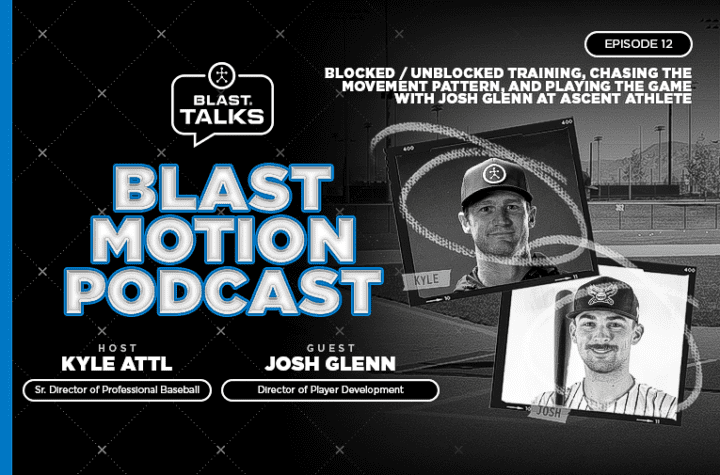
As data and technology become the norm around softball, coaches are looking to gather as much information on their players as possible. That said, player development requires the application of the data rather just a simple collection sample. We recently sat down with Seton Hall Softball coach Daniel Nicolaisen who has been a trailblazer in his analytical and data-driven approach.
Here’s what he had to say about how he has implemented Blast into the Pirates’ program:
“On a normal day of practice, we go through our warmup drills. Halfway through our hitting groups, we get a machine going in which we throw the Blast sensor on the bat. Every hitter is going to come through and see that spot one time for about 10 swings, and we do that on a consistent basis. We want to make sure that hitting is the main part of practice, not technology.
We use the instant feedback mainly as a motivator. Once they understand that we’re trying to sort of chase these different metrics, they see they hit the ball harder with their Attack Angle. It’s higher, especially when it’s above negative, and that creates that buy in we need.
This is where we use Blast Motion metrics. The players see what the bat is doing when they hit the ball in the air and the ground. Based on our metrics, our first conclusion was that we have to focus on Attack Angle. However, we have some players with low Attack Angles and negative Attack Angles. Meaning, we’re swinging down to the ball, hitting a ton of ground balls and producing some weaker outs. We figured out that was a team-wide problem, so we attacked that pretty early with our main focus being on getting the ball in the air and developing some swings that can do that in increasingly challenging settings.
As the winter progressed, we got more data and did a deeper analysis. We looked at the data a little bit more holistically and how the different metrics play together.
Now we have a good evaluation. I upload the swings into our database, which spits out some graphs that not only tracks trends, but also gives us a really good visual of how far we are from reaching our goals and getting our metrics within ranges that we know is going to play.
We want to give the athletes real, tangible feedback. We use the Blast Motion sensors to figure out where are our problems, and then we want to be creative in improving these metrics or on-field performance. My process of developing drills is how can we have this problem and how can I provide enough feedback but not rely too much on the sensor or another tool.
Blast Motion fits in to that picture as this objective piece in which we can see how we’re progressing and whether we need to make changes. Overall, we’re trying to set up a system that loops back around as a continuous evaluate, see what needs improving, re-evaluate, evaluate, re-evaluate.”
To see more Seton Hall content with Daniel Nicolaisen, visit our Youtube page.


